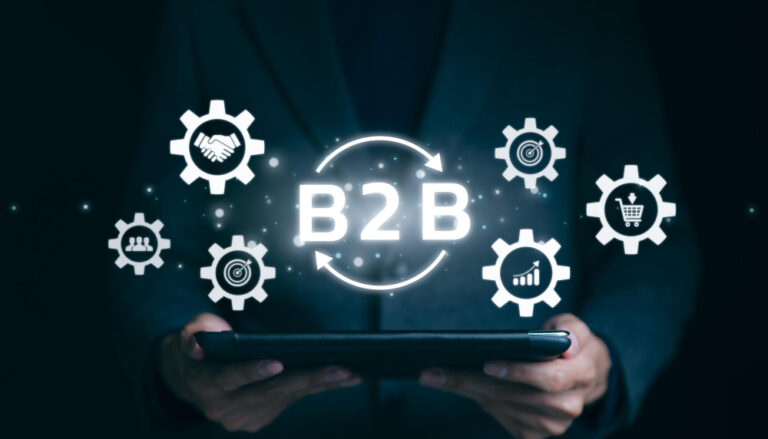In today’s competitive B2B landscape, demand generation has become an essential strategy for companies to achieve sustained business growth. It is hard for any company to scale effectively without a stream of interest and engagement.
This is where demand generation comes in. Many people often misinterpret it as simple lead generation services. However, demand generation services for B2B is more than that. It focuses on creating awareness and interest in your product or services to build a pipeline of potential customers.
In this blog post, we will provide you with a complete guide and the key components of demand generation for B2B companies, which you can follow to maximise your results.
Understanding Demand Generation in B2B
B2B demand generation is a marketing tactic designed to generate demand for a business’s products or services. It aims to build a relationship with potential clients, engage them with valuable content, and gradually move them through the sales funnel. An effective demand-generation strategy can help you attract new customers, increase sales, and grow your business.
Demand generation goes through three key stages:
• Awareness: In this stage, prospects discover your brand and the problems you solve.
• Consideration: Here, they will evaluate your solutions if they meet their needs.
• Decision: This stage is where they decide to move forward with your company.
1. Email Marketing: Nurturing and Converting Leads
Email marketing campaigns & services are one of the most effective ways to nurture and convert B2B leads. This service allows you to build relationships through personalised and targeted communication, which will keep your brand top of mind throughout the buyer’s journey.
One of the most effective strategies in email marketing is segmentation. You can divide your audience based on their interest, behaviours, and demographics. This allows you to highly personalise campaigns that speak directly to your potential client’s needs.
2. Content Syndication: Expanding Reach and Authority
In today’s digital age, content is king. You can create high-quality content like blogs, whitepapers, case studies, and more to establish your company as an authority in your field. This increases your brand’s visibility. But what happens after you hit “publish”? This is where content syndication comes into play.
Content syndication allows you to distribute valuable content across third-party platforms, extending your reach to new and relevant audiences. Incorporating content syndication into your content marketing strategy for B2B is an effective way to drive lead generation by putting your brand in front of a wider, highly targeted group of prospects.
3. Programmatic Marketing: Targeting with Precision
Programmatic marketing is another demand-generation tactic used by many B2B companies. It is a smart way to automate ad buying. It uses Artificial Intelligence, such as Machine Learning and Predictive Analysis, to show personalised ads to the right people at the right time.
Programmatic advertising for small businesses makes it easy to target specific audiences, saving time and money. The best platforms for programmatic ad buying let you track your ads, see how well they are working, and make improvements.
4. Call Center Services: Personalizing Engagement and Lead Follow-Up
In a world of chatbots, human interaction becomes precious. Call centre services add a personal touch to your demand generation strategy by directly engaging with leads. They use various tactics such as outbound calling, lead qualification, and appointment setting to guide prospects through the sales funnel.
When you combine these efforts with other marketing channels like email campaigns or content syndication, you create smooth follow-ups and build stronger connections with potential clients.
5. Creating a Cohesive Multi-Channel Demand Generation Strategy
A successful demand generation strategy for B2B does not depend on just one channel but combines several for better results. Using multiple channels ensures your message stays consistent.
Many B2B lead generation companies claim that aligning all channels can build maximum impact. Personalising the outreach across every platform allows you to engage your prospects in ways that lead to higher conversions.
6. Measuring and Optimising Demand Generation Efforts
To continuously improve your demand generation, tracking the right metrics is key. Focus on MQLs (Marketing Qualified Leads), SQLs (Sales Qualified Leads), conversion rates, and customer acquisition costs.
Analytics and reporting tools, like the ones we provide at Apollo Martech, can help in measuring performance and make data-driven optimizations.
Conclusion
The bottom line is that effective demand generation is crucial for driving growth and achieving success. At Apollo Martech, we understand that it’s not just about capturing leads; it’s about creating lasting relationships with your audience. All our demand generation services for B2B work together to build a comprehensive marketing strategy tailored to your unique needs.
Schedule a consultation or demo with Apollo Martech today and explore how we can help you drive demand and grow your business effectively!

